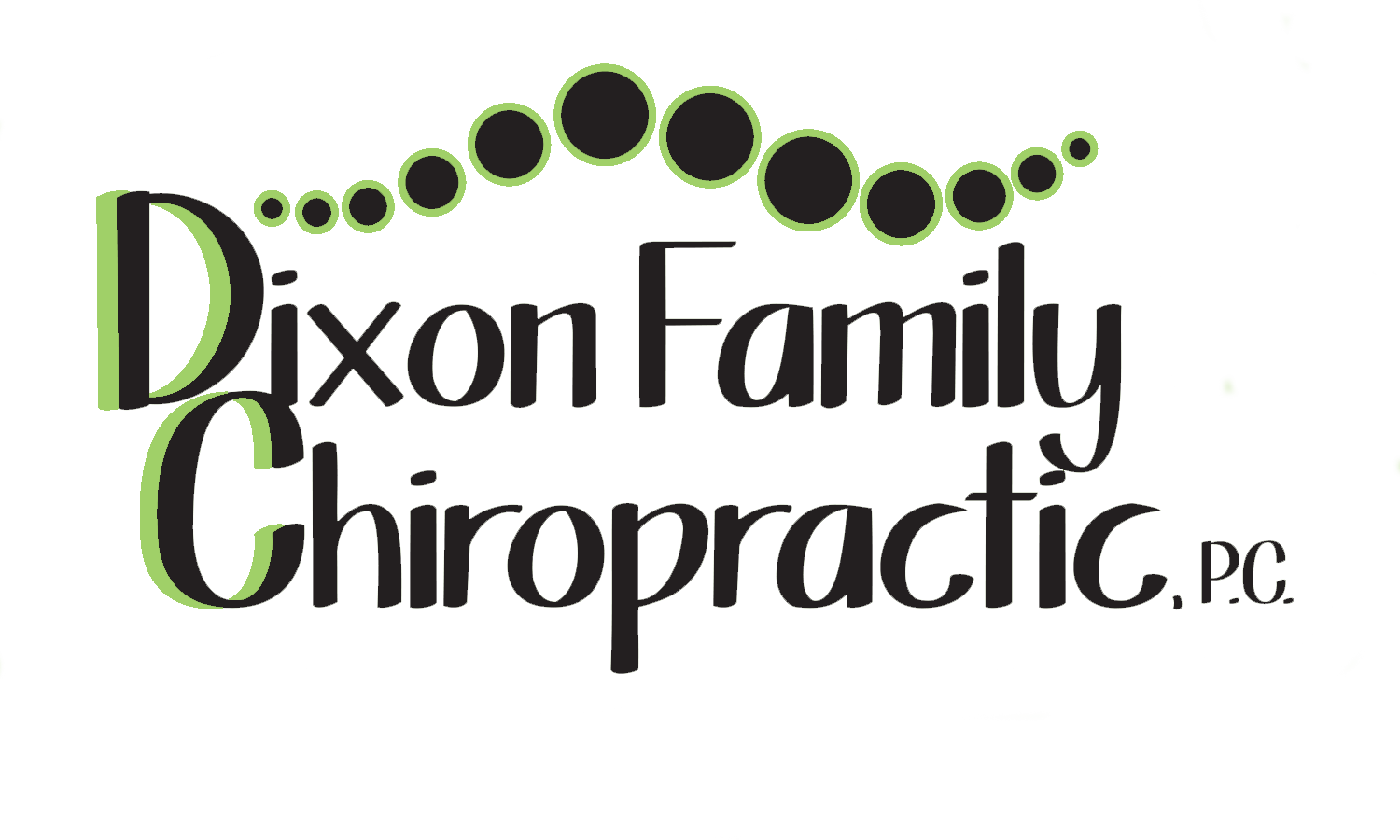Breaking Free from Pain: A New Era of Healing with MLS Laser Therapy
Pain affects everyone at some point—whether it’s the sharp discomfort of an acute injury or the relentless burden of chronic conditions like arthritis, sciatica, or neuropathy. For years, traditional approaches have relied on medications, injections, and even surgery, leaving many people searching for alternatives that provide lasting relief without invasive procedures.
Enter MLS (Multiwave Locked System) laser therapy, a cutting-edge treatment designed to reduce inflammation, alleviate pain, and accelerate healing—all without the side effects of medications or the downtime associated with surgery.
In today’s edition of The Next Opinion, we dive deep into how MLS laser therapy is revolutionizing pain management and why it could be the right choice for those seeking non-invasive solutions.
What is MLS Laser Therapy?
MLS laser therapy is an advanced pain relief and tissue healing technology that utilizes dual wavelengths of laser light to treat a wide range of conditions. Unlike traditional laser therapies, MLS employs synchronized continuous and pulsed emissions to enhance healing at a cellular level.
The continuous wave reduces inflammation and improves circulation, while the pulsed wave targets pain receptors, blocking pain signals sent to the brain. This combination results in faster recovery, better mobility, and significant pain reduction—without the need for drugs or invasive interventions.
MLS laser therapy has been approved by the FDA and is widely used in orthopedics, chiropractic care, physical therapy, and sports medicine to treat musculoskeletal injuries, joint pain, neuropathy, and post-surgical recovery.
Why Choose MLS Laser Therapy?
Many pain sufferers struggle with the drawbacks of conventional treatments:
- Medications only mask pain and can lead to dependency or unwanted side effects.
- Injections provide temporary relief but don’t address the root cause.
- Surgery is often expensive, risky, and requires a long recovery period.
MLS laser therapy addresses pain at its source, working with the body’s natural healing processes to reduce inflammation and restore tissue health. Here are some of the key benefits:
1. Drug-Free Pain Relief
MLS laser therapy offers an opioid-free and non-medicated approach to pain management, eliminating the risks associated with prescription medications.
2. Faster Healing & Recovery
By stimulating cell regeneration and improving blood flow, MLS therapy accelerates tissue repair, making it ideal for injuries, post-surgical healing, and chronic pain conditions.
3. Non-Invasive & Painless
Unlike surgery or injections, MLS laser treatment is painless, requires no downtime, and has no known side effects.
4. Effective for Acute & Chronic Pain
Whether you’re recovering from an injury or struggling with long-term joint degeneration, MLS therapy provides effective relief across a broad spectrum of conditions.
5. Scientifically Backed
MLS laser therapy is supported by numerous studies demonstrating its effectiveness in reducing pain, inflammation, and edema MLS Laser Therapy: Scientific Report and Clinical Studies.
How Does MLS Laser Therapy Work?
MLS laser therapy uses light energy to stimulate the body's natural healing mechanisms. Here’s a breakdown of how it works at a cellular level:
1. Inflammation Reduction
Laser energy penetrates deep into the tissues, reducing swelling and inflammation, which is often the root cause of pain.
2. Improved Circulation
Increased blood flow brings oxygen and nutrients to damaged tissues, speeding up recovery.
3. Pain Signal Blockage
By interacting with pain receptors, MLS laser interrupts pain transmission, providing relief even for chronic conditions like neuropathy.
4. Cellular Regeneration
Laser therapy stimulates collagen production and tissue repair, promoting faster healing in muscles, ligaments, and joints.
MLS laser therapy is commonly used in chiropractic offices, physical therapy clinics, and pain management centers due to its scientific backing and consistent results.
Who Can Benefit from MLS Laser Therapy?
MLS laser therapy is a versatile treatment that can address a wide range of conditions, including:
Neuropathy & Nerve Pain
Arthritis & Joint Pain
-Sciatica & Lower Back Pain
Sports Injuries & Strains
Post-Surgical Recovery
Plantar Fasciitis & Foot Pain
Tendonitis & Carpal Tunnel Syndrome
Whether you're struggling with chronic pain or recovering from an acute injury, MLS laser therapy provides an alternative solution when conventional treatments fall short.
What to Expect During Treatment
MLS laser therapy is comfortable, quick, and non-invasive. Patients typically experience:
No pain or discomfort during the procedure
Each session lasting around 10-15 minutes
-Visible improvement after just a few treatments
Long-term pain relief with consistent therapy sessions
Many providers recommend 6-12 treatments depending on the severity of the condition. Since MLS laser therapy has no downtime, you can return to daily activities immediately.
Real Patient Success Stories
If you’re skeptical about the effectiveness of MLS laser therapy, consider these real-world cases:
-Case Study: A study on diabetic neuropathy found that patients experienced significant reductions in nerve pain and improved nerve function following MLS laser therapy [Read the study here]
Success Story: Athletes and active individuals have reported faster recovery from sports injuries, allowing them to return to training without surgery.
Final Thoughts & Next Steps
MLS laser therapy represents a shift away from temporary pain relief and toward lasting healing. If you’ve been frustrated by conventional treatments and are searching for an effective, non-invasive alternative, MLS laser therapy might be the solution.
Interested in learning more or scheduling a session? Visit [ctdisccenters.com] to explore options tailored to your needs.
Pain doesn’t have to dictate your life. With MLS laser therapy, you can take control of your health and reclaim a pain-free future.
